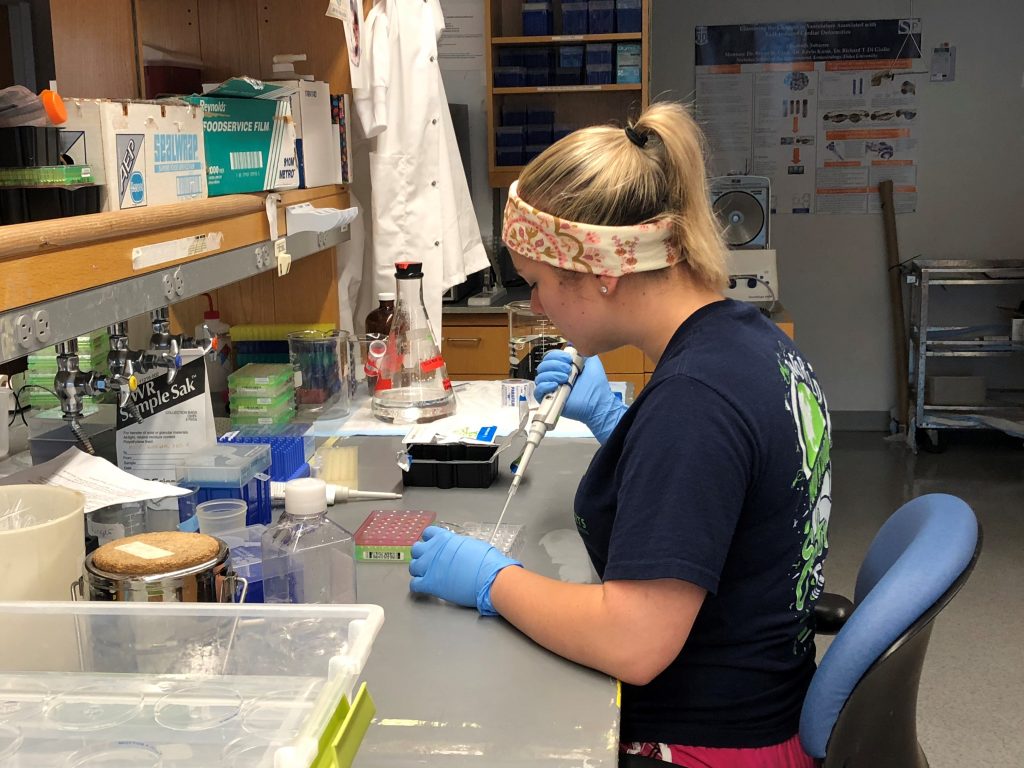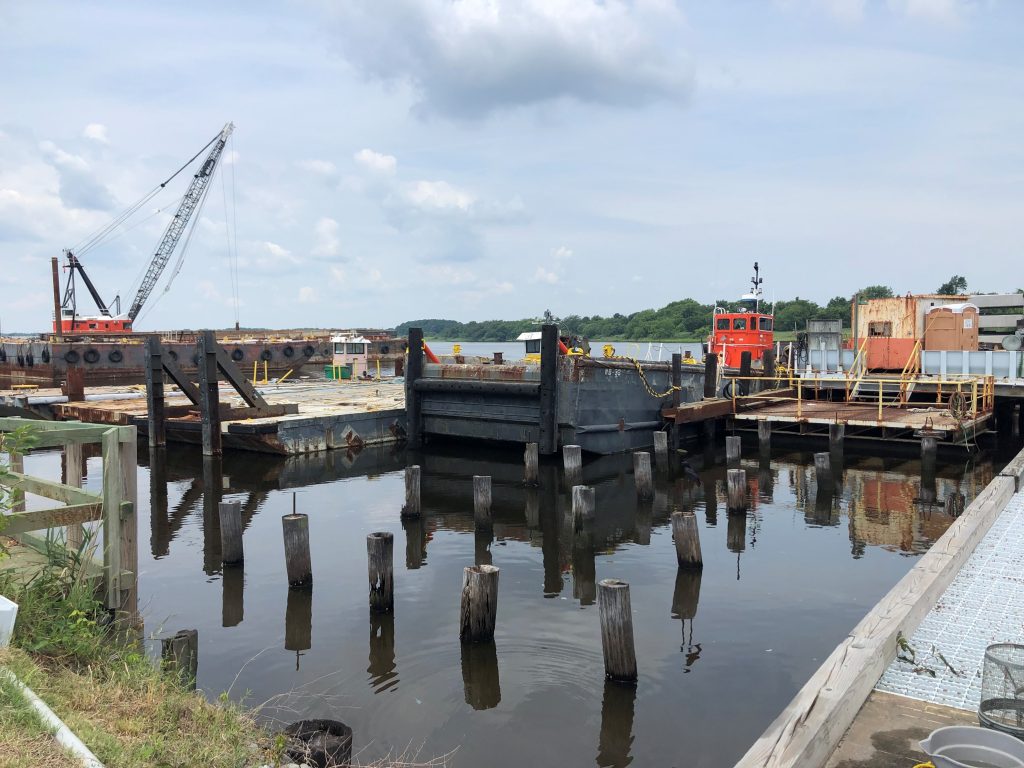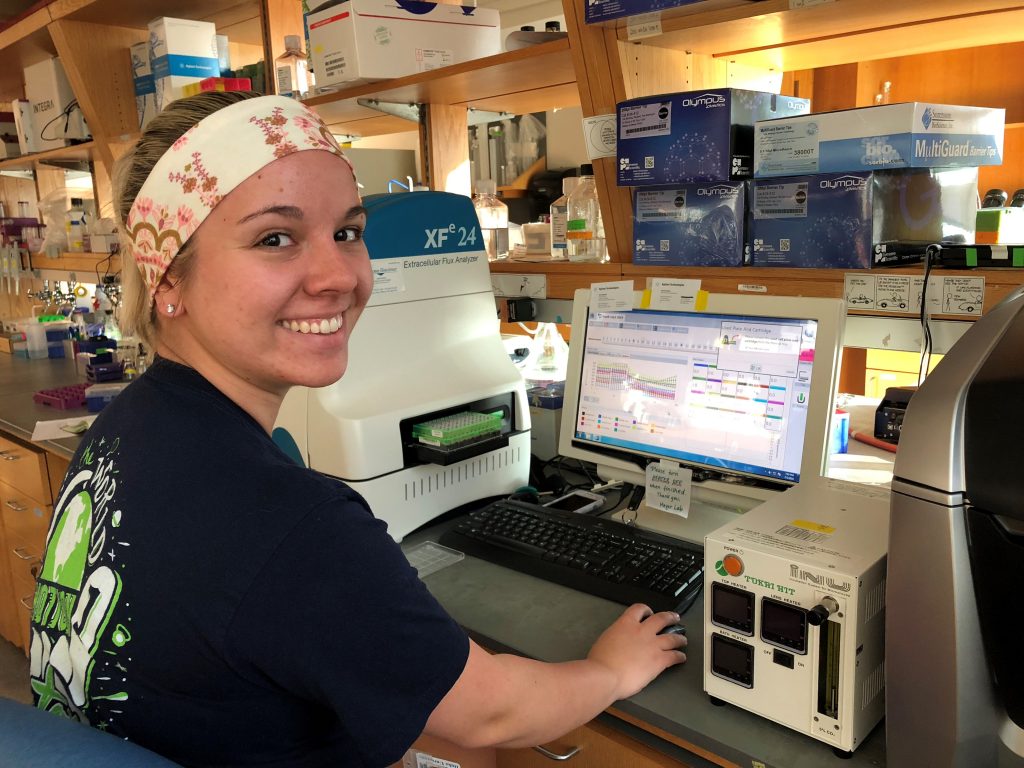By Jonna Boyda, Summer Research Intern, Di Giulio lab
April 20th, 2010 will live in infamy as the beginning of the largest marine oil spill in history. The Deepwater Horizon oil spill killed thousands of marine organisms, including dolphins, turtles, and seabirds, and contaminated nearshore, estuarine, and offshore habitats. The effects were devastating and will affect populations and the environment for years to come.
In June of 2010, my mom was planning our summer vacation and I remember her suggestion of going to Florida to “support the economy,” since oil was still leaking into the Gulf. So, in August we went to Treasure Island, Florida—a cute, touristy beach area on the west coast. Fortunately for us, the oil spill did not reach this location in Florida. That vacation was the first time I went snorkeling—being able to do it in the clear water of the Gulf of Mexico is one of my most memorable experiences. I simply became hooked on the underwater world. Although I was only 14 at the time, when I arrived back home in Pennsylvania, I told my mom that would attend the University of Florida and study Marine Biology after I graduated high school.
During my first year at the University of Florida in 2018, I learned what academic research like when I joined a toxicology lab at the beginning of my second semester. The biggest project I assisted on involved exposing N27 rat dopaminergic neural cells to Dieldrin (DLD), a highly toxic insecticide. We analyzed the effects of DLD on mitochondrial bioenergetics, a measure of energy production, such as respiration, to determine if exposure to the insecticide impaired mitochondrial function. When I was not in the lab, I would do coursework for my Marine Sciences major, which often included fieldtrips to estuarine and marine habitats on the east and west coasts of Florida to learn about the organisms that live there.


This summer, I have the best of both worlds interning in Dr. Richard Di Giulio’s lab—I actively conduct experiments in the lab and go on field trips to estuaries in Virginia to collect Atlantic killifish (Fundulus heteroclitus), a fish native to the east coast of the U.S. For the lab work, I do study adult zebrafish (Danio rerio). My project with zebrafish seeks to determine if an acute, late in life exposure to Diazinon (DZN), an insecticide in the same class as DLD, affects the behavior of the fish and the mitochondrial function of various organs. For the behavior analysis side of my project, we work in tandem with Dr. Edward Levin’s lab to assess levels of anxiety, fear, stress, and peer recognition using test instruments developed specifically for this purpose. When assessing mitochondrial function, I use an instrument called the Seahorse XFe24 Analyzer to measure oxygen consumption rate (the amount of oxygen consumed) by mitochondria in the zebrafish tissue.


After this project is complete, I will continue to do research on a cohort of zebrafish exposed to DZN as larvae. The same behavior tests and mitochondrial function assays will be performed, and the results of the developmental exposure can be compared to the late in life exposure.
Overall, my experience with research is positive and I am fortunate to have found it early on in my academic career as an undergrad. Toxicological research is relevant to everyday life, whether it be for humans and/or the environment. There are so many chemicals we are exposed to and scientists do not fully know how it affects us or organisms in the environment. This is why we do behavior tests and assess mitochondrial function in model organisms like zebrafish, with the hope to answer open questions.
After I graduate with my master’s degree from Duke, I plan to use my years of research experience to help address future environmental toxicology issues, be they another oil spill like Deepwater Horizon, or something else that we are not yet even aware of as a problem.





